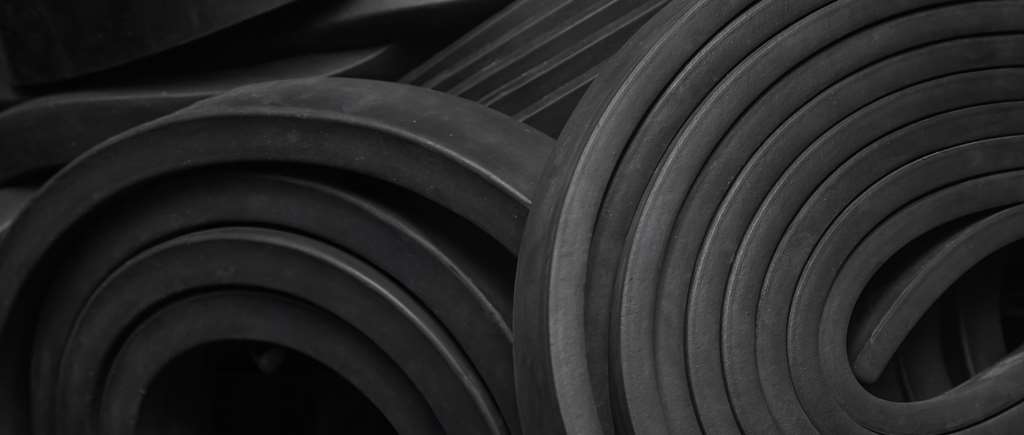Borregaard offers a range of sustainable lignin biopolymers for use as fillers in various elastomeric systems. Available as a free-flowing or granulated powder, our products can be incorporated during mixing or milling to impart a variety of effects upon cured rubber products. These lignin-based additives from renewable raw materials are also environmentally friendly and non-toxic.
Rubber Additives
The CO2 emissions linked to lignin biopolymers are lower compared to synthetics. This information is quantified and available in our Environmental Product Declarations (EPDs). Reduced emission values can be factored into a rubber producer's own carbon accounting, potentially reducing their scope 3 emissions.
Benefits offered:
- Sustainable and low carbon impact: Borregaard's lignin biopolymers are derived from wood and have a negative global warming potential. Using these products in elastomeric systems can lower a rubber producer's carbon footprint, leading to reduced scope 3 emissions.
- Enhanced mechanical properties: The biopolymers act as semi-reinforcing fillers, improving the mechanical properties of the finished article. This includes enhanced moduli, which can lead to better performance in the products that utilise these biopolymers.
- Synergy with other fillers: The biopolymers synergise effectively with existing filler systems like carbon black and silica. This synergy not only improves dispersion of conventional fillers but also contributes to reinforcement, leading to superior overall performance.
Example: Formulation utilising lignin biopolymers for footwear
Material |
Parts per hundred rubber |
|
|
Ultrasil VN2 only |
Lignin biopolymer + Ultrasil VN2 |
|
|
SIR 20 |
100 |
100 |
|
Ultrasil VN2 |
65 |
32.5 |
|
Lignin biopolymer |
0 |
40 |
|
Glycerol |
3 |
14 |
|
Sunpar® 2280 |
6 |
2 |
|
Zinc oxide |
3 |
3 |
|
Sulfur |
2.5 |
2.5 |
|
Stearic acid |
1.5 |
1.5 |
|
TBBS |
1.3 |
1.3 |
|
DPG |
1.1 |
1.1 |
|
Wingstay® L |
1 |
1 |
Tensile vs elongation: Silica and silica/lignin blend





